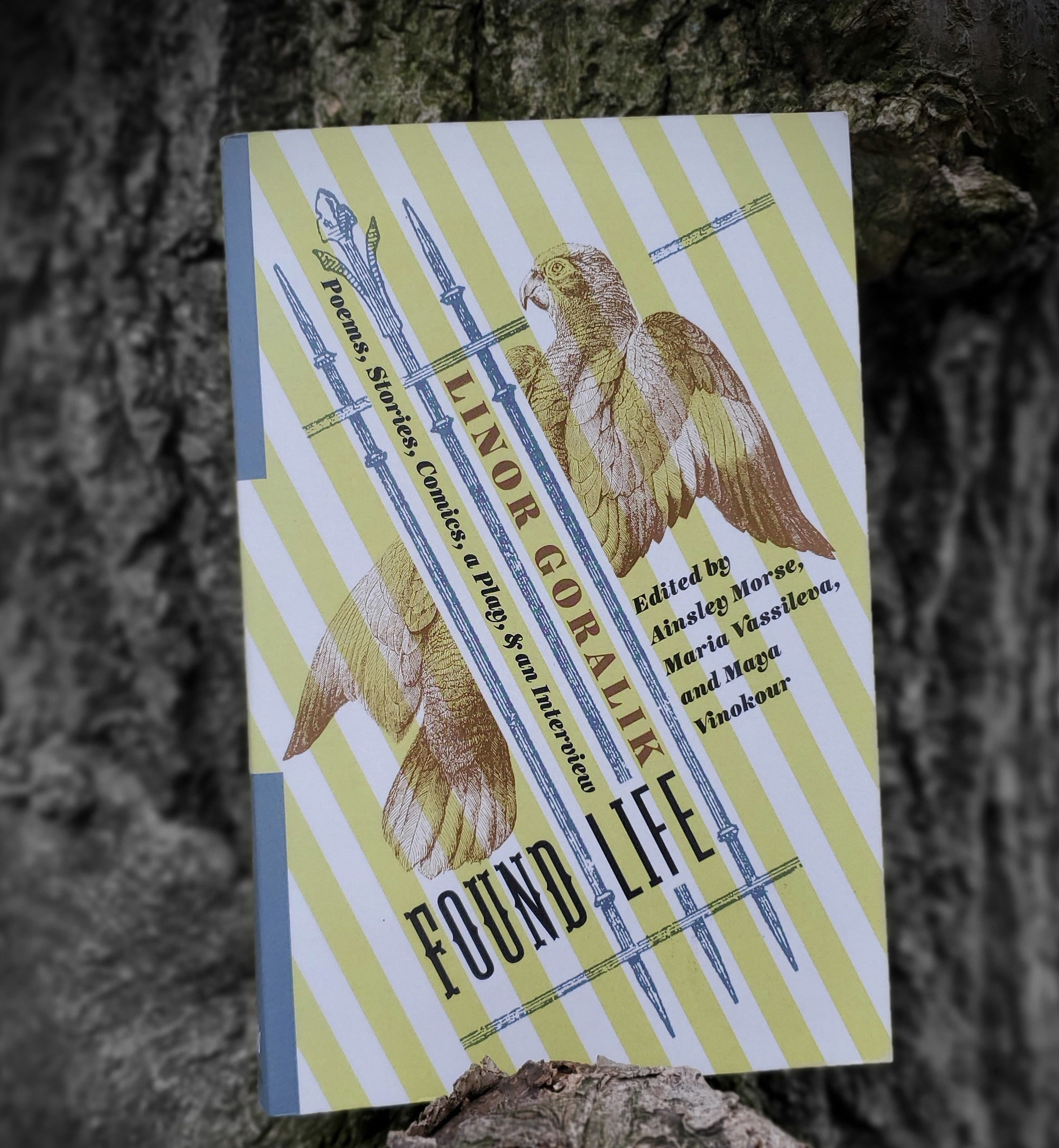Slab City

“Slabs is Burning Man with a vulture overhead. It looked to me like the end of William Golding’s Lord of the Flies.”—James Twitchell
As described in Winnebago Nation: The RV in American Culture, the camping site is an important part of the lure and the mythology of the RV lifestyle. In the chapter, “Park It,” Twitchell describes “Slab City,” located in California, and one of the more distinct RV Parks in the country. The following is an excerpt from the chapter:
The Slabs is the largest free camping site in the country. As a utopia of “do your own thing,” it is well worth a trip for those Panglossians who promulgate the faith in “least government is best government.” This place does not celebrate the more famous Burning Man joy in an untethered world; it lives it. Burning Man tries to find new order in the desert for a week or so; the Slabs tries to get away from order by going into the desert for an indefinite time. Burning Man is intensely self-conscious: How’m I doin’ takin’ my clothes off? It’s recreation. Slabs is more pragmatic: I’m naked; my clothes are worn out. It’s survival. Slabs is Burning Man with a vulture overhead. It looked to me like the end of William Golding’s Lord of the Flies.
I was repeatedly told that the Slabs has changed. In the early 1960s, this was a place where you could see the $300,000 rig parked in peaceful tranquility next to the dilapidated school bus. Here was boondocking in its idyllic form. Snowbirds could fire up their generators while Slabbers could harvest battery power from solar cells. Potable water was trucked in, and sewage was either dumped down the gopher holes or trucked out. The community was connected by CB radio, which broadcast a nightly program of local events, including dances, pot-luck dinners, book clubs, and board games. To the people who first observed this New Harmony and reported on it in the LA Times, New York Times, Harper’s, and Time magazine, the magic was palpable. In the wake of such good press, the Slabs also started appearing on the endless lists of cheap places to retire. It was part of what easterners call “Weird California,” by which they often meant Belmont and Fishtown side by side.

After all, the Slabs was, in a sense, the apogee of American Romanticism, each person finding salvation on his own slab, hoeing his own bean row, as Thoreau supposed, and coming together only when it fitted individual needs, not group demands. What law there was was the law of unreflecting generosity. The limits of individual freedom were indeed the edges of one’s desire. Sure, the state was hovering over the slabs, but there was so much confusion as to who actually owned the land that no one knew who could legally kick the squatters out, or even force them to pay for their “externalities.” (There were a few kids going to school in Niland, there was a continual ambulance service to hospital, and there was the garbage problem.)
No wonder that in Sean Penn’s 2007 adaptation of Jon Krakauer’s Into the Wild, a central scene takes place in the Slabs. Here we see Christopher McCandless meeting other RV vagabonds who will induct him into the fraternity of enlightened earth wanderers. The Slabs is portrayed as utopian, an unfettered life in discarded school buses under the warming sun. At the Slabs, Christopher changes his name to Alexander Supertramp, and he is finally with his own people. But, alas, he must push on to his fate, which just happens to be a strange turn on his time at Slabs: He spends his final days holed up and freezing in a discarded school bus in Denali National Park.
Perhaps it was the attraction of the movie that caused a shift in clientele at the Slabs. For a while younger people came, stayed, and then moved on. Gray hair notwithstanding, there is a deep strain of adolescence in the RV life, as there is in American Transcendentalism. Experiments in American utopia from Brook Farm, Amana, Fruitlands, and the Shakers all bump up against the fact that finally someone has to take out the trash. The City on the Hill, or, in this case, the City in the Sand, slowly started to crack from underneath. Of course the Slabs was never self-consciously constituted as a commune of freedom-loving individuals. It had no manifesto other than, “If you don’t like it, move out.”
Although Into the Wild made Badlands famous, another movie, the Mad Max franchise, gives a better picture of the feel of the place—except these people are not mobile, they’re stuck. They spend their days doing the simple things: getting water in and getting waste out. There are no dumpsters, no places to take trash, and hence the place looks like a dump. Dogs run free, and there are a lot of them. When you drive through this section of the Slabs, you see that around each derelict RV is a patch of privacy often marked by camo netting and tires filled with sand. There is little interest in human reproduction; in fact, the aged population is rapidly decreasing. The old-time Slabbers are dying off, literally, going the way of their antitype, the New England Shakers. As I wandered through I couldn’t help but think that this place was a profound upside-downing of the usual American catchphrase, “So much to do, so little time.” At the Slabs, there was so little to do, so much time. These are Easy Riders on a rough road.
No one knows what will happen to the Slabs as the older generation passes on. Some self-professed artists have appeared, thanks to Salvation Mountain being protected as a National Treasure, and part of the Slabs is turning into an artists’ collective. The anarchist mentality still makes it attractive for a revival of experiments in life outside the lines. I saw tie-dyes worn with no embarrassment. Music is important, and there is an active collection of players and even a performance stage called The Range. Drugs, especially meth, promise yet another subculture, complete with its own manufacture and distribution. Wandering around, I couldn’t get out of my mind the grizzly scene at the beginning of the critically acclaimed TV series Breaking Bad in which an old Winnebago is used as a mobile meth lab.
Whatever it becomes, the Slabs will probably retain its primal connection with the RV. After all, you really can’t live here without perching on those concrete pads. And there are plenty of discarded RVs around the country that have enough gas left to make the trip out to Salvation Mountain before breaking down. Slabs will have a future of some sort. People will continue to come to camp, although no one can predict what that camping will be like.




